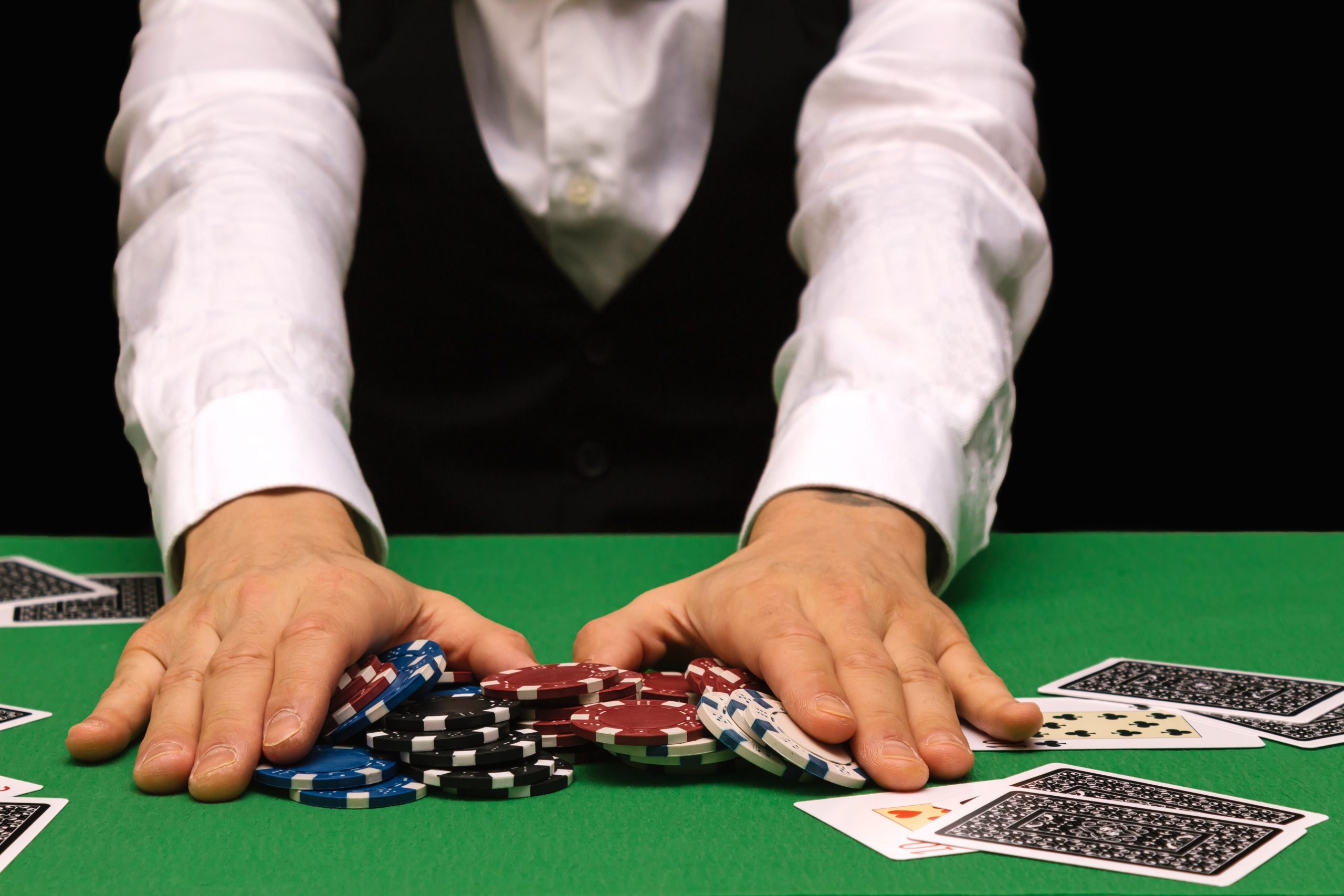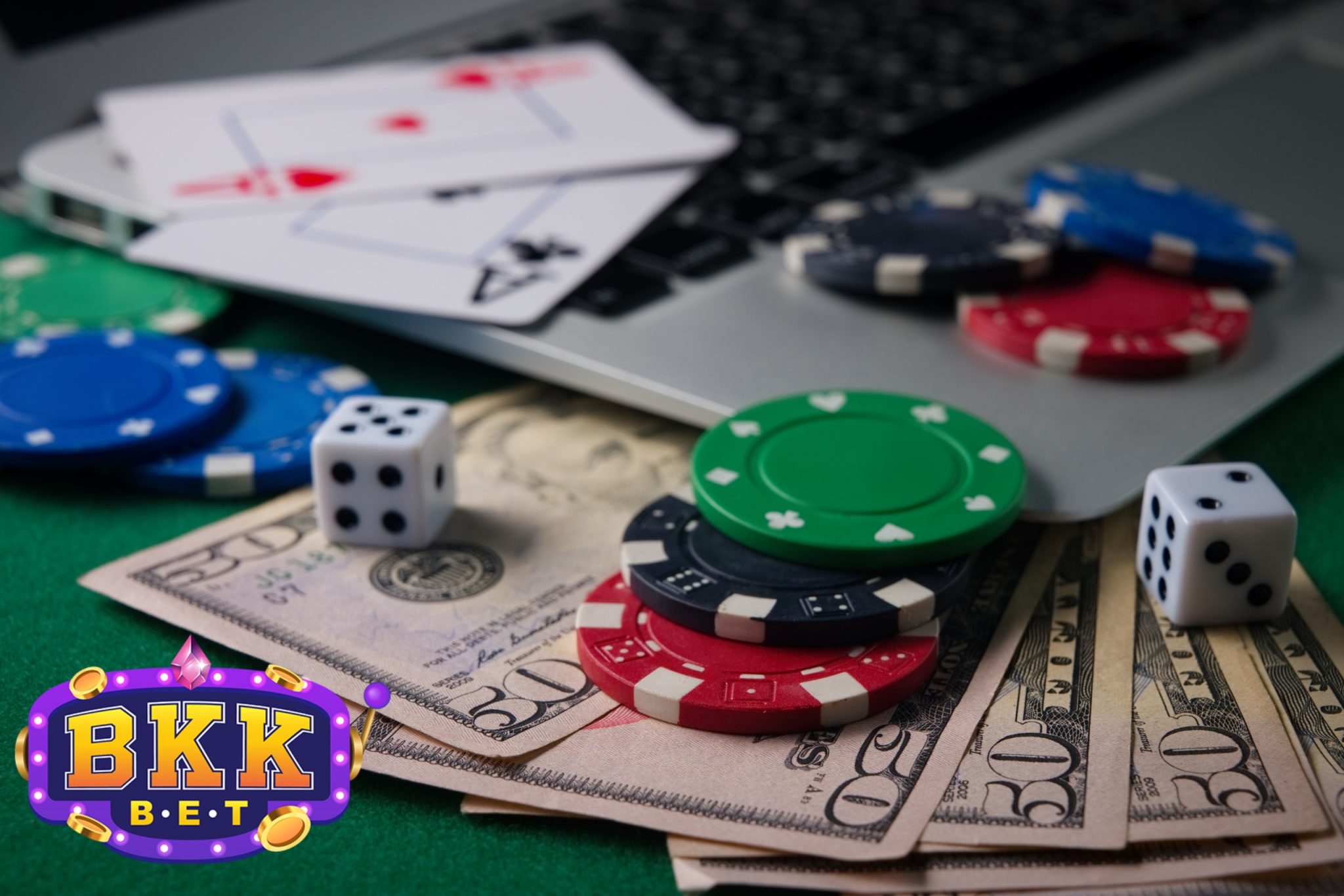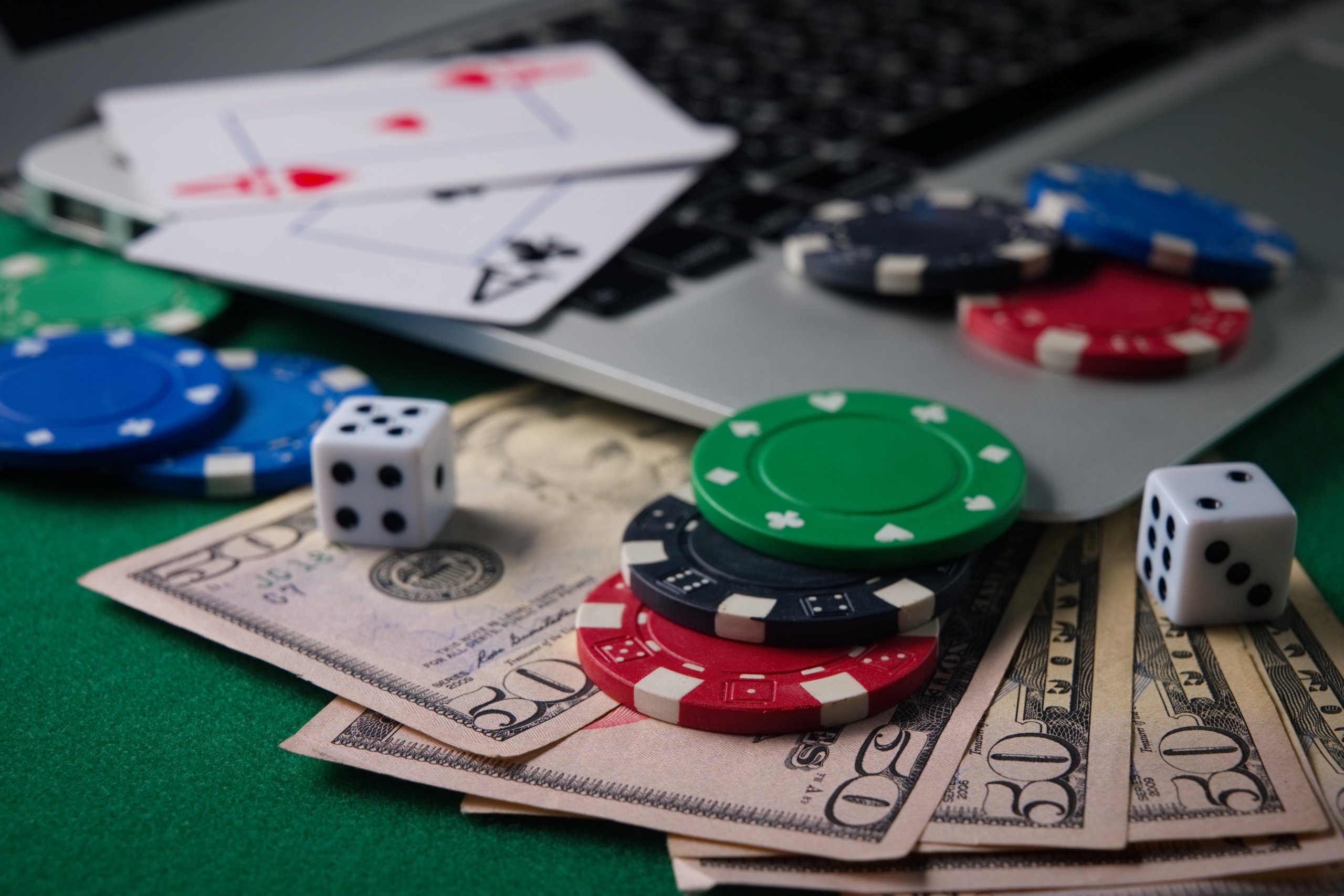When it comes to sports betting, the house edge is often referred to as “vig” or “juice”. This is the percentage of each bet that the bookmaker or casino keeps as profit. For example, if a bookmaker is offering odds of 1.90 on a football match, they will keep 5% of every bet placed as profit. This means that for every €100 bet, the bookmaker will make €5 in profit.
The house edge can vary from sport to sport and even from event to event. For example, tennis matches often have a lower vig than football matches because there are fewer possible outcomes. Bookmakers will also often offer different vigs for different types of bets. For example, they may offer lower vigs for moneyline bets and higher vigs for point spread bets.
The vigorish can also vary from bookmaker to bookmaker. Some bookmakers may have higher vigs than others, so it’s always worth shopping around for the best odds before placing a bet.
The house edge is an important factor to consider when placing a bet. It’s not the only factor, but it’s definitely something that you should take into account. A higher vig means that the bookmaker is more likely to make a profit, so you should only bet with them if you’re confident that they will lose.
What is juice in sports betting?
What is juice in sports betting?
In the sports betting world, the term “juice” refers to the commission that the sportsbook charges on each bet. This commission is also known as the “vig” or “vigorish.” The juice is how the sportsbook generates revenue on each bet that is placed. The higher the juice, the more money the sportsbook stands to make on each bet.
The standard juice in the industry is 10%. This means that for every $100 bet that is placed, the sportsbook will keep $10 as profit. Juice can also be expressed as a moneyline. For example, if a bettor wagers $100 on a team with -110 odds, they would need to win 52.38% of their bets just to break even. That same bettor would need to win 55% of their bets if the juice was -105.
Some sportsbooks offer reduced juice options, which can be a great way for bettors to increase their chances of winning in the long run. For example, if a sportsbook offers -105 odds on a game instead of -110, a bettor would only need to win 50% of their bets to break even.
When placing a bet, it’s important to factor in the juice so that you know how much you need to win in order to make a profit. The higher the juice, the tougher it will be to turn a profit. However, if you’re able to find reduced juice options, you can increase your chances of winning over time.
What is vig or juice in sports betting?
In sports betting, vig or juice is the percentage of a bet that the bookmaker keeps as profit. It is also known as the “overround” or “margin”. For example, if a bookmaker is offering odds of 1.90 on a football match, this means that for every €100 bet, the bookmaker will pay out €190 if the bet wins. The bookmaker’s margin on this bet is 10%.
The vigorish can also be expressed as the implied probability of an event. In the above example, the bookmaker is implying that the probability of the event happening is 52.63% (1/(1.90)).
Bookmakers use vigorish to ensure that they make a profit on every market they offer. It is important to remember that bookmakers are businesses and, like all businesses, they need to make a profit to stay afloat.
The amount of vigorish charged by bookmakers varies depending on the sport and the market. For example, bookmakers will typically charge a higher vigorish on markets where there is less public knowledge or where the outcome is harder to predict, such as the first goal scorer in a football match.
It is important for bettors to be aware of the vigorish charged by bookmakers as it eats into their potential winnings. A good rule of thumb is to only bet on markets where you are comfortable with the vigorish being charged.
If you are new to sports betting, it is worth checking out our guide to understanding sports betting odds which explains how bookmakers set their odds and how to interpret them.







